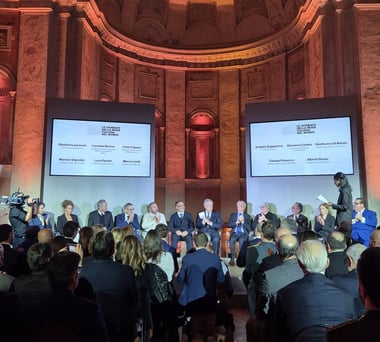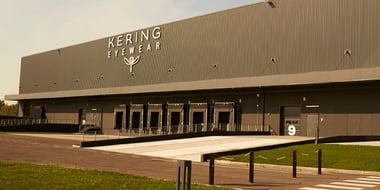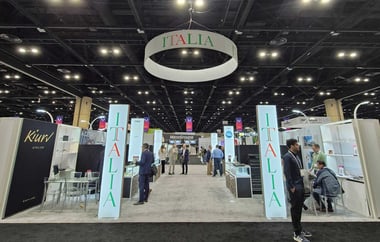
Confindustria Moda: prudent optimism for 2021.
The Italian fashion industry is showing signs of recovery as compared with 2020, but has not yet reached pre-Covid levels. This is the situation reported by the Seventh Survey by Confindustria Moda (the Italian Federation that unites associations in the Textile, Fashion and Accessories industries) as regards the impact of Covid-19 on the sector, based on results of the third quarter of 2021 and annual forecasts.
In the third quarter of 2021, turnover in the companies involved revealed overall growth of +18.1% (compared with the same period in 2020); there was also an increase in orders placed (+21.3%). The federation reported that, for the first time since the survey was introduced, the number of companies that applied for financial support from the authorities dropped slightly, reaching 49%; while this is indeed a high percentage, it is still lower than the 65% recorded in the second quarter.
The first 9 months saw a revenue upswing of 23% as compared with 2020. If compared with pre-Covid levels, there is however still a gap of more than -10%: 39% of companies claim to have had an increase in turnover, 8% have reached their previous condition, and 53% have not yet achieved pre-Covid levels.
The «TFA» export levels enjoyed, in the first eight months of the year, a +26.2% growth as compared with the same period in 2020, reaching around 42.7 billion euro. However, the export levels of January-August 2019 are not being achieved, with a reported gap of -5.1% (about -2.3 billion euro).
Looking closely at the analysis carried out by the Research Centre of Confindustria Moda on Istat results, it emerges that the EU area has improved by +22.2% on 2020, while remaining -1.6% lower than 2019.
Similarly, the non-EU area registered a +29.2% increase compared with 2020, but is still -7.4% down on 2019. Some particularly dynamic markets stand out for their performance, exceeding even their pre-Covid levels: the United States, in fact, recorded a 46.5% increase on 2020, with a 3.4% increase on 2019; China enjoyed +64.6% growth on 2020 and +23.7% on 2019; the United Arab Emirates grew +94.5% compared with 2020 and +4.7% compared with 2019.
One source of great difficulty is the further increase in prices of raw materials, emerging for 70% of companies, and a sizeable 87% of the panel maintain that the flare in prices will affect the recovery process. There is similar concern about the increase in energy costs: 78% maintain that these will influence the journey to recovery for companies.
How will 2021 end? The average annual improvement for the TFA sector is forecast to be around +20.6%. Considering that TFA turnover in 2020 dropped to 75 billion euro, the increase will be slightly more than 15 million euro.
According to preliminary estimates, total sales figures should return to around 90.4 billion euro. This is a significant recovery level, despite not being yet complete, as the gap with 2019 levels would still be around -8%.
“Despite the huge difficulties that our industry faced last year, the Textile, Fashion and Accessory industries can today register a very positive upward trend, even though not yet enough to return to pre-pandemic levels" – commented Cirillo Marcolin, chairman of Confindustria Moda .
“The recovery route launched by the Made in Italy TFA industry is already encountering new obstacles, starting with the strong increase in costs of raw materials and energy resources. Also, the virus is not yet totally defeated, and fears about possible restrictions on travel and tourism represent another threat to recovery.
In the next few months, our whole sector must make an effort to grasp the opportunities of PNRR (Italian National Recovery and Resilience Plan) in order to tackle the challenges of the future in the best way possible. Accelerating the green and digital transition processes, in fact, is not only the key to becoming stronger than before, but also represents a true cultural change that should apply to all segments of the supply chain."



